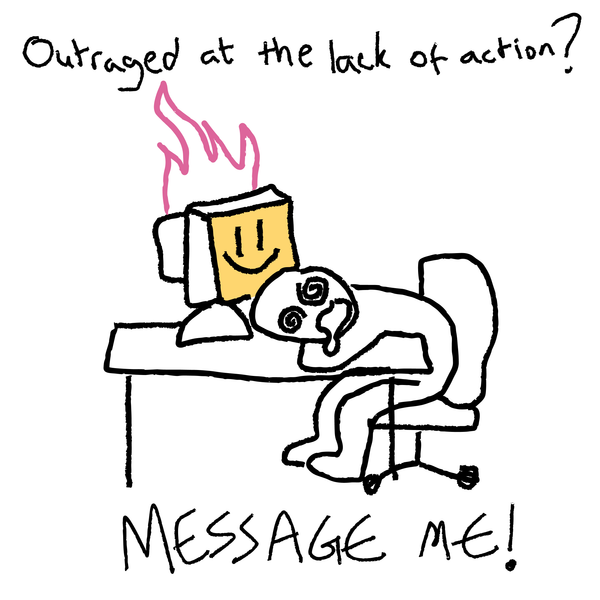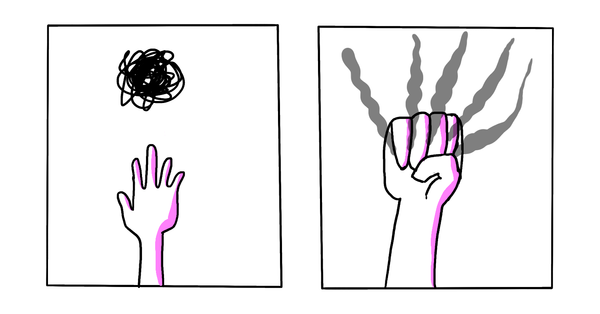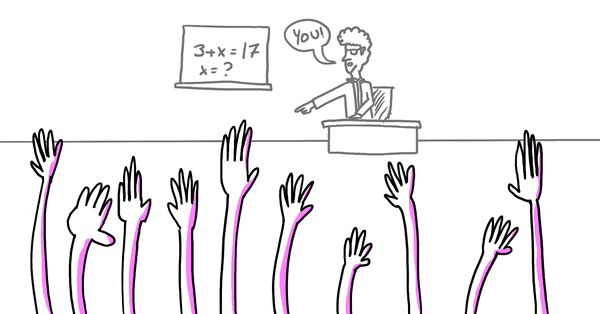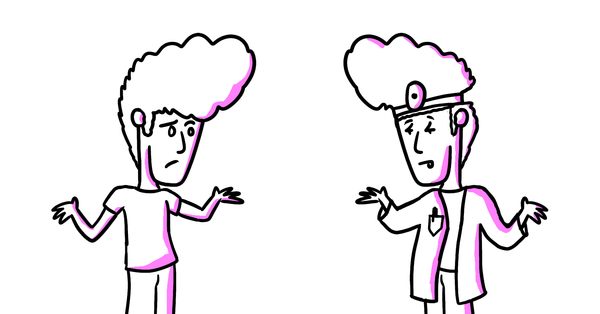Maybe we do need nutrition labels on software
How generative AI’s complex effects are creating a need for more transparency
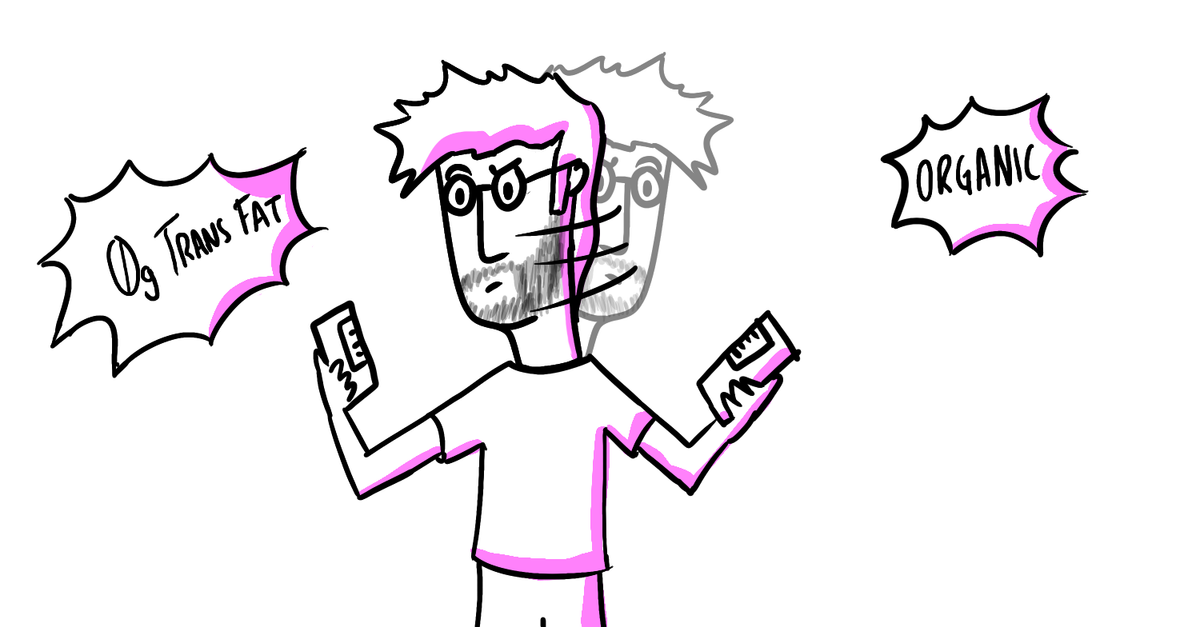
Back in November 2023 I posited the idea of using nutrition labels for generative AI products. It wasn't intended to be an in-depth exploration, but rather the beginnings of a mental model. The idea was to reframe these large language models (LLMs) as being neither all good nor all bad, but rather to take a more nuanced view of each interaction we had with them. This was my opening question:
If a generative AI had a nutrition label that said "100 brain calories per ChatGPT response", would that change how you use it?
There must be something in the water because since then I've started to see a lot of similar ideas cropping up in the newsletters I follow. I thought it would be a nice moment to examine them a little bit as they each brought a lot of richness to this idea that I had never originally considered.
Starting with Hank Green:
Eventually, I realized that there's a really direct correlation between how I feel about nutrition and how I feel about information. Of course, I've heard the "junk food" to "junk information" analogy before. But it's more significant than I realized. See, I don't think junk food is bad for me because of the ingredients (I know this is controversial). I think junk food is bad for me because it is SO PLEASANT TO EAT. There's no such thing as an "empty calorie," but there is such a thing as "Wow, this Coke tastes better with these Doritos and these Doritos taste better with this Coke."
Nutrition people, thus, sometimes talk about these foods being "hyper-palatable." They just taste...really freaking good.
So, I'm working on an idea here. I think that we are now in a world of "hyper-palatable information." It isn't necessarily the information that's bad (though, certainly, it can be), but even if the information is good, there might be something inherently bad about its hyper-palatability. That's both because the tricks you use to make something irresistible often involve using ingredients that...aren't the best...but also because using every trick in the book to keep someone consuming is never going to be good for people.
I love the connection to "hyper-palatable" because it truly is one of the most insidious parts of the junk and fast food industrial complex. It's not a simple measurement, but there are studies being done to try and understand it more. Perhaps one day we'll see an abstracted unit for it or something on our nutrition labels to help us make even more informed decisions.
The next example comes from Josh Brake who went a step further and started outlining what could potentially go on the labels:
Here are a few ideas for categories:Emotional Impact: what emotions are being evoked?Habit Formation: Is my use becoming habitual?Attention Capture: is my interaction intentional and active or mindless and passive?Social Validation: how does it cause me to compare myself with others?Dopamine Release: how are my interactions with this technology rewarded?Distraction Potential: how frictionless is the experience?Mood regulation: how does my use of this technology make me feel?Behavioral Consequences: how does my use of this technology shape my connections with myself and others?
These are each probably worthy of a full study on their own, which demonstrates the complexity of this issue. However, even simplifications or abstractions would be better than nothing, like what we have today. Unlike some of the categories I had in the image of my original blog post, these feel a lot more nuanced and less "factual" which is a good thing. I had focused a lot on "bias-inducing" and "likelihood of containing misinformation" but those are value judgements that will cause more controversy than the more psychological approach Brake took.
Having been inspired by these once more, I want to take a moment to indulge in a thought experiment. What would it look like if we apply the level of scrutiny to LLMs that an educated grocery store consumer applies to buying products? You probably use an equal amount of "calories" to write these prompts if they are equal in length and your emotional relation to each is similar. For example:
- Medical advice prompt: "My stomach has a dull pain below my ribs, should I take antacid"
- Blog post titles prompt: "Give me 10 title options for the blog post I have pasted below"
But the potential for physical harm, emotional stress, and pathways for intellectual growth from each of these is radically different.
In the case of prompting for medical advice, if the LLM is unregulated and you get responses that illicit fear you may start prompting more. The stress could drive you into a dangerous rabbit hole of misinformation and in the worst case scenario, you might act irrationally and take a dangerous medication. This could happen with Google searches as well, and it likely has. However, Google searches will not speak to you in authoritative tones or react to nuances in your language that guide you down paths that are outside your control. The LLMs aren’t necessarily designed to be malicious, as in it isn’t some Skynet operative trying to end your life. Rather it's an emergent property of how these models are trained to please us.
Nutritional analogy of a medical prompt? Akin to an XXL slushie, it's probably best to avoid it at all costs.
Meanwhile getting 10 title options for your blog post once in a blue moon is unlikely to result in a similar chain of events or dependence on LLMs. Certainly you can become intellectually lazy and decide to never write your own titles ever again. This will come at the cost of your ability to sound original and stand out, maybe even some long term lack of satisfaction in your own work. Whatever it is, it's unlikely to be life threatening.
(Actually as a victim of being proposed 10 of the worst titles ever to be conceived, I would say that the risk of wanting to set your computer on fire and thus generating lots of stress is very high—but I digress.)
Nutritional analogy of generating a title? Akin to an Oreo, fine once in a while if done intentionally but probably better not to make it part of your regular diet.
And yet… it's not that simple! Just like with food, an athlete could potentially down many Oreos before any real damage is done given their caloric intake requirements. Plus their work necessitates a great deal of discipline so their binges, if they do happen, are much more likely to be controlled.
With both examples we can see how Green's point about palatability is extremely applicable. In fact, both are extremely palatable but in one case there's a risk for emotional dependence that the other does not exhibit. So that's maybe where we can consider some of the categories Brake introduces. He has "Habit Formation" listed which I would say is the same as "palatability" but "Emotional Impact" and "Behavioural Impact" can add to the picture of what we're looking at here.
Even more complicated is how with LLMs, the nature of the task could change the context of its nutritional value. A writer that uses a great deal of intention to craft specific prompts and then uses a great deal of attention to combine a generated title with their own ideas may even get benefits while using LLMs. In this case, that prompt goes from being an Oreo to something much more like an apple.
As we're seeing, I was dissecting the prompts since the tool used is the same. In this case, where does the nutritional label actually live? Is it something we see per prompt? Or do users see it before they sign into the product and take it as a general word of caution?
Also what of all the lobbying the food industry does to manipulate labels and definitions? What would that start to look like in the technology space once companies feel the impending threat the labels could have on usage?
There's really a lot more to be unpacked here and I think tracing the history of food labelling will have a lot of excellent insights for us in the tech space. I'm still digging around and will report back when I have more.
Of course, if you're inspired by this and want to help, do reach out to me on LinkedIn or Blue Sky.

